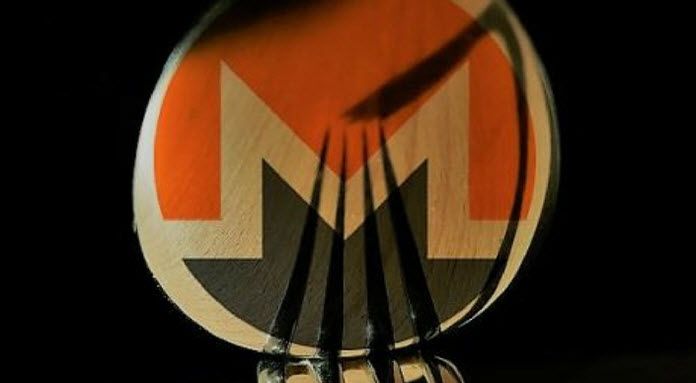The development team of Monero integrated a bifurcation in the Monero blockchain network with the goal of preventing the use of specialized ASIC mining hardware to mine the cryptocurrency. The network was slowed down significantly. This was caused by the drop of the hashrate, but the development team says everything will return to normal after the difficulty is adjusted.
When the ASIC miners specialized for the Monero CryptoNight algorithm were launched, the Monero development team announced the blockchain network would receive a bifurcation. After the launch of the bifurcation, the processing power of the Monero blockchain network was reduced to 20% of its real capacity, which some users on Reddit think happened because the processing power of the ASIC miners owned by Bitmain, one of the largest cryptocurrency mining pools in the world, dropped.
This Monero bifurcation is different than the one in the Bitcoin network that created Bitcoin Cash. This one did not generate one new project, but four new projects. There are two new Monero Classic (XMC) project: Monero 0 (XMZ) and Monero Original (XMO). The new bifurcation will not only make the ASIC miners inoperable, it will also invalidate the botnets used to mine XMR without the authorization of the users whose computers were infected with malicious web mining software.
The bifurcation was announced at the end of last month and it was launched from the block number 1,545,600. The goal of the new bifurcation is to maintain the decentralization and the privacy of the transactions in the Monero blockchain network and the launch of the new ASIC mining hardware threatened to jeopardize that.
The Monero development team published the following announcement regarding the new bifurcation: “The scheduled network upgrade introduces two major changes. First, a PoW tweak to curb any potential threat of ASICs and preserve ASIC resistance. As a result, miners will have to update their miners (i.e. mining software). Second, the minimum ring size is bumped to 7 (mixin 6). Therefore, pool operators need to ensure that payouts use a minimum ring size of 7 (mixin 6), otherwise they will get rejected by the network.”
Monero Classic was qualified as a scam by one of the most famous developers of Monero, Riccardo Spagni. He assured that the project would not be launched if the team had not decided to fight the ASIC miners. Spagni published a tweet on his Twitter account explaining the situation: “It’s supporting the legacy chain due to the existence of ASICs that were mining in secret, and were only announced because of the PoW change. In the absence of that change Bitmain et. al. would’ve have continued secretly mining for who-knows-how-long.”
The problem with ASIC miners that is affecting Monero at the moment affected Sia, Decred and even Ethereum by endangering the decentralization of various blockchain projects in the ecosystem.




